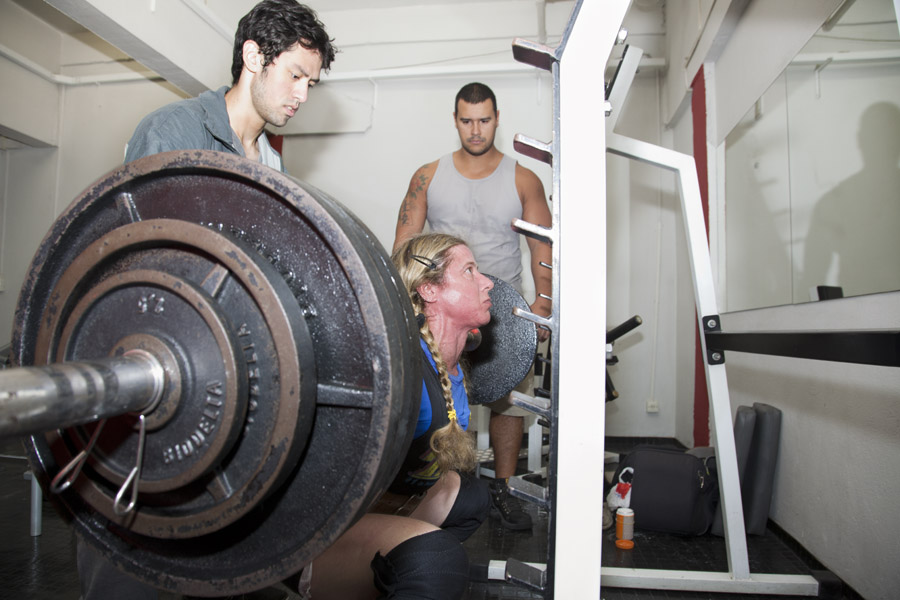
Respiratory illnesses are an important concern for any coach and athlete. If you are an adult athlete, especially at the elite level, your chances of developing respiratory infections after a competitive season are not small. Apart from injuries, respiratory illnesses are the chief medical complaint among high performance athletes.
To complicate things, adult-onset asthma is associated with important weight changes (especially weight gain), hormonal issues and stress/trauma. Many high-performance athletes experience all the three during their competitive lives. Today we are increasingly aware of the dramatic hormonal responses to weight cuts (through dehydration) or over 10% weight loss through diet in a short time.
It’s no surprise that many athletes develop asthma, which makes them even more vulnerable to infections. The necessary prednisone intervention in acute cases can also make the athlete vulnerable to re-infection.
More than one of my athletes developed a respiratory infection after the competitive season and I’ve seen several who missed their competition because infection took over before the event.
I never had asthma before 2017. My asthma was a combination of all of the above plus a serious acute and then chronic neurological response to environmental trauma. Unfortunately, once acquired, asthma stays with you forever. Some things are important for the coach and the athlete:
- If you develop pneumonia, depending on the gravity and also re-infection, recovery can take months. The lethargy and fatigue following pneumonia are part of the recovery process. It’s not depression, it’s not hypothyroidism (which the physician will quickly ascertain). It’s the slow process of recovery. Forcing it is uncomfortable, then harmful and finally impossible. Be stupid enough and you’ll end up with a respiratory distress episode. Speaking of which, if you are training with other people, they must know where your albuterol inhaler is. If you can’t breathe after two puffs, it’s ER and fast.
- That means that your chief focus is the low-intensity steady-state cardio (LISS). Oh, I tried combining it with higher intensity exercises: bad idea, epic failure. A possible combination is with low volume, slow (especially slow eccentric) strength training. For safety sake, guided movement machines are your friend in the beginning: the hypoxia high is very cool and funny at home, standing, holding on to the shelf and with somebody around. You know: the world turning round and round. Not fun at all with a barbell on your back.
- If you are the coach and your athlete is asthmatic, it’s an excellent idea to establish contact with their PC physician, introduce yourself and let them know what the athlete is doing. I hope not, but you may need to call them if something happens.
- Inhalers (both your daily corticoid inhaler and the rescue beta-agonist, like albuterol) and anti leukotriene pills cannot be forgotten. For the asthmatic athlete, they must be number one in the travel checklist. If you are a coach, you must play the babysitter and check if your asthmatic athlete is their medication. Exercise-induced respiratory distress is no joke.
- Depending on the number and dose of prednisone courses you had, just accept that it’s going to take a while for your weight to go back to normal.
For the next coaching log, I’ll discuss upper respiratory tract infection and competitive training. Readings:
Pneumonia and Asthma…Why Should I Worry?
Pneumonia Treatment and Recovery
Respiratory inflammation and infections in high‐performance athletes
Developing a multi-component immune model for evaluating the risk of respiratory illness in athletes
The asthmatic athlete, inhaled beta agonists, and performance.
Exercise-induced asthma and the asthmatic athlete.
Asthma in elite athletes: pathogenesis, diagnosis, differential diagnoses, and treatment








